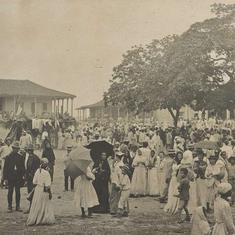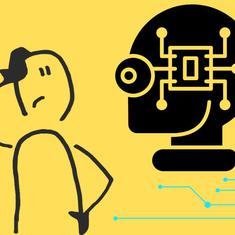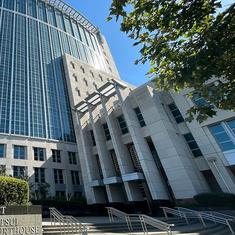In March 1984, a waitress working at a New York pizzeria was given, instead of a tip, the offer to split a lottery ticket by a policeman from a nearby precinct. She agreed, and the two picked three numbers each. The policeman ended up winning $6 million and shared the spoils with her.
This real-life incident went on to form the premise of It Could Happen to You, a 1994 film starring Nicholas Cage and Bridget Fonda.
Likewise, in popular American sitcom Friends, Jon Favreau as multi-millionaire Pete Becker gave a $20,000 dollar tip to Monica (Courtney Cox), who worked as a waitress at a diner.
It is hard to think of similar story lines in an Indian movie or television show. It’s harder still to conceive of a person earning a decent income through tips in the country, where tipping rates have traditionally been low – often a few tens or twenties, a fraction of the change tendered.
This is where the recent order by the government’s Department of Consumer Affairs assumes significance. In a statement on January 2, the department clarified that “service charge” levied by restaurants on the bill is optional and that the consumer is at liberty to pay it while dining out. Since it was deemed voluntary, “service charge” it followed, is just a tip by another name.
The order has been met with mixed responses, with diners welcoming it and restaurants strongly objecting to it.
Around the world
Social sensibilities about tipping are quite fuzzy and depend on the prevailing socio-economic-cultural milieu. A case in point is that the Condé Nast Traveler has an entire webpage dedicated to tipping around the world.
Tipping generously (around 15% of the bill) is customary in the US, where it is not uncommon to see people waiting tables to pay their way to a college degree. Perhaps, generous tipping is seen as acknowledgement of dignity of labour and a way of helping out someone in their time of need. Similar customs exist in several Western European countries.
On the other hand, in Japan and Singapore, tips can invite reactions ranging from confusion to umbrage and can even be perceived as a bribe (more on this later). Tipping is not the norm in Australia either.
The case of the US
Even in the tipping utopia that is the US, there are a lot of factors (often discriminatory ones) that influence tipping behaviour.
The research of Proffesor Michael Lynn, from the School of Hotel Administration at Cornell offers fascinating insight into this. A former bartender, busboy, and waiter, Lynn has a PhD in Social Psychology, and studies tipping behaviour. His research findings were featured on the Freakonomics blog, run by Stephen Dubner and Steven Levitt (who authored the book with the same name).
The blogpost, which includes the transcript of a radio podcast Should Tipping be Banned?, talks about the several grey areas regarding gratuity – for instance, how one must tip the the doorman or baggage handler, but not a receptionist or a flight attendant. Particularly revealing were the opinions of people tending tables. A lot of waiters said they could tell whether or not someone would be a good tipper based largely on outward appearance, like the shoes they wore and whether or not they smoked. In many cases, a smile, a friendly countenance and touch often got the waiter or waitress a bigger tip.
Lynn said that in his years of research, he had found that that the appearance of waitresses mattered more than that of than waiters; people tended to tip members of the opposite sex better; education and income levels of the customers were linked to their tipping behaviour; and factors like hair colour, size of a woman’s breasts, body type and posture played a role as well. Predictably, race, skin colour and ethnicity also affected earnings.
His study also showed that racial stereotypes cut both ways: not only did black customers leave smaller tips but also preferred to giving flat tips (a fixed amount, as opposed to a fixed percentage). They also tipped black servers much lesser than white servers for equivalent levels of service.
Perception problem
Besides, Black Americans also suffer from the perception that they are poor tippers. Anecdotal evidence suggests that Indians aboard are also held by some in the service industry to be ungenerous tippers.
Another grey area that has been examined in research is the thin line between the socially accepted “tip” and the frowned upon “bribe”. A study by Harvard Business School’s Professor Magnus Torfason, which used tipping data from 32 countries and matched it to their corruption perception index scores, found a positive link between the two.
The inter-cultural differences and roles played by socio-economic status and attitudes puts the Indian preference for a flat tip in new light. By obfuscation or sleight of hand (or both), the Indian hospitality industry managed to break the culture of poor tipping by propping up a deterrent of social awkwardness. Simply put, they found the tipping point for better tipping practice.
Vyasa Shastry is a materials engineer and a consultant, who aspires to be a polymath in the future. In his spare time, he writes about science, technology, sport and society.










